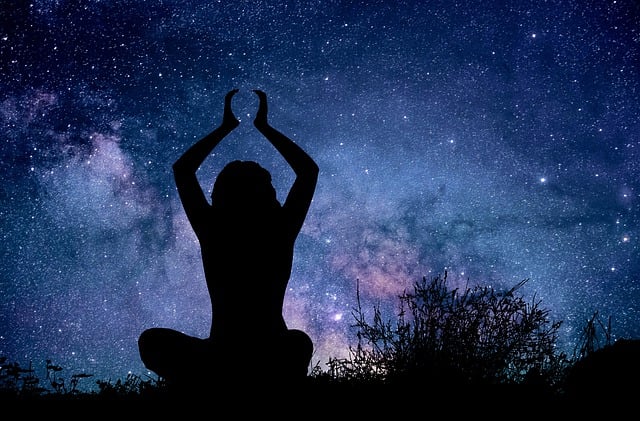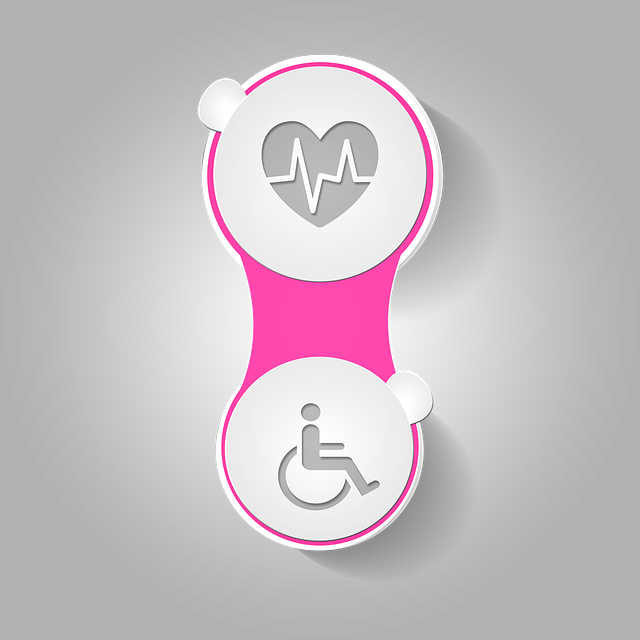Mindfulness, rooted in ancient meditative traditions, offers powerful modern tools for mental well-being. By focusing on the present moment without judgment, individuals can reduce stress, improve physical health, enhance cognitive function, and better regulate emotions. Relaxation techniques like deep abdominal breathing and alternating nostril breathing are simple yet effective ways to calm the mind and release tension. Mindful movement and meditation cultivate present-moment awareness, detach from anxious thoughts, and alleviate tension, enhancing flexibility, strength, and mental clarity. Incorporating mindfulness into daily life through simple moments and gradually introducing longer relaxation techniques promotes a balanced and peaceful state of mind, reducing stress levels for overall well-being.
Calm your mind and find inner peace with our guide to mindfulness techniques – powerful tools for reducing tension and stress. Discover how mindfulness, a practice rooted in ancient philosophies, can transform your modern life. We explore breathing techniques for profound relaxation, mindful movement and meditation practices, and simple ways to incorporate these calming strategies into your daily routine. Unwind and embrace the benefits of these effective relaxation techniques.
- Understanding Mindfulness and Its Benefits
- Breathing Techniques for Relaxation
- Mindful Movement and Meditation
- Incorporating Mindfulness into Daily Life
Understanding Mindfulness and Its Benefits

Mindfulness is the act of bringing your attention to the present moment and accepting it without judgment. It’s a practice that has its roots in ancient meditative traditions, but has gained significant traction in modern times as a powerful tool for mental well-being. By incorporating mindfulness techniques into our daily lives, we can find greater clarity, reduce stress, and cultivate a deeper sense of calm.
The benefits of mindfulness are vast, encompassing both physical and psychological aspects. Regular practice has been linked to lower blood pressure, improved immune function, better sleep quality, and reduced symptoms of anxiety and depression. Moreover, it enhances our ability to focus, increases emotional regulation, and fosters a greater sense of self-awareness. These relaxation techniques offer a natural and effective way to navigate life’s challenges, promoting overall mental resilience and enhancing the quality of our lives.
Breathing Techniques for Relaxation

Breathing is an essential tool for calming the mind and reducing tension. Simple yet powerful, breathing techniques can help to slow down racing thoughts and create a sense of peace. One effective method is deep abdominal breathing, where you focus on expanding your belly as you inhale, allowing your chest to rise naturally. This engages your diaphragm, promoting relaxation and helping to release stored stress.
By contrast, alternating nostril breathing involves closing one nostril with a finger while inhaling through the other, then switching sides upon exhalation. This technique balances energy levels in the body, stimulating the parasympathetic nervous system which is responsible for rest and digestion—a key component of relaxation techniques.
Mindful Movement and Meditation

Mindful movement and meditation go hand in hand when it comes to calming the mind and reducing tension. Both practices encourage a present-moment awareness, helping individuals to disconnect from anxious thoughts and stressful situations. Mindful movement, such as yoga or tai chi, focuses on deliberate and controlled body movements, breathing techniques, and mental clarity. This gentle exercise not only enhances flexibility and strength but also promotes relaxation techniques that can be applied throughout the day.
Meditation, on the other hand, involves training the mind to focus and sustain attention, often through the observation of breath or bodily sensations. Regular meditation practice has been shown to reduce stress, improve emotional well-being, and enhance overall mental clarity. Combining mindful movement with meditation allows for a holistic approach to relaxation techniques, addressing both physical and mental aspects of tension reduction.
Incorporating Mindfulness into Daily Life

Incorporating mindfulness into daily life can be as simple as taking a few minutes each day to focus on your breath. Start with short, mindful moments throughout your routine—while brushing your teeth, walking to work, or waiting in line. Pay attention to your senses and observe your thoughts without judgment. This practice helps cultivate awareness and presence, two key aspects of mindfulness.
Over time, incorporate longer relaxation techniques like meditation or yoga. These practices not only promote calmness but also enhance overall well-being. By integrating mindfulness into daily life, you can reduce tension and stress levels, leading to a more balanced and peaceful state of mind.
Mindfulness is a powerful tool that can significantly enhance our quality of life. By incorporating breathing techniques, mindful movement, and meditation into our daily routines, we can effectively calm the mind and reduce tension. These relaxation techniques not only promote mental clarity but also foster emotional well-being. Start small, be consistent, and soon you’ll find yourself navigating life’s challenges with a newfound sense of composure and tranquility.
